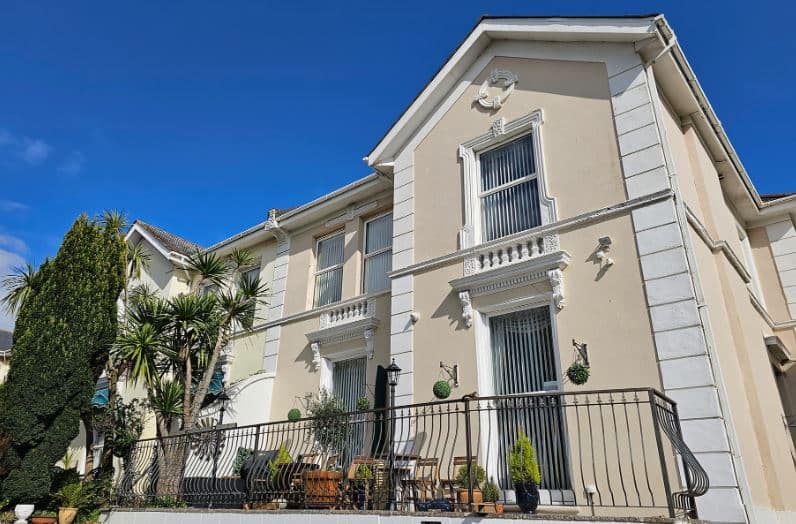
There is an audible buzz, around the changes to the permitted development regulations, potentially allowing the conversion of Hotels (C1) to residential use (C3).
The time frame for this isn’t fixed yet but it would appear there should be some clarification at least by March 2024 so watch this space.
It’s an exciting prospect for developers and investors alike, enabling them to bring new property to the market quickly, and we have several clients following the progress but, as always, the devil will be in the detail and we’d like to share a few details that potential investors need to be aware of before going on a spending spree and snapping up hotels for conversion.
- Check to be sure your local authority hasn’t introduced an ‘Article 4’ restriction – An article 4 area is established by a local authority and, once in place, removes any permitted development rights within the defined area. As PD rights have been expanded over recent years there has been a growth in the number of authorities using this restriction to protect specific local plan policies.
- This is particularly likely in areas where the economy is dependent on tourism, and I’d speculate even more likely in towns where this sector is on the downturn. If the local plan in your area has policies restricting the conversion of hotels in key areas to residential, through planning, and I know this exists in South Devon, then they are likely to put measures in place to protect this in the event of changes to the PD rights.
- Space Standards – Currently, property in planning class MA can be converted to residential (C3) under permitted development and this is formalized by a ‘Prior Approval’ application. This is significantly less onerous than a standard planning application. You submit a base level of information to effectively confirm that the approval already exists. That said you do need to demonstrate that certain criteria are met, and you could be tripped up by space standards.
- Each local authority Local Plan will have its own definition for space standards in residential accommodation; however, many simply reference the Nationally Described Space Standards (NDSS) which give minimum floor areas for different types of dwelling (as shown below) and minimum bedroom sizes. These are interpreted differently by different planning officers, let alone authorities, and the open market homes produced by most bulk house builders fall well below these standards, but you should be aware how your local authority assesses this as, if the hotel rooms you’re buying are too small, it could trip you up and scupper your development ambitions.

- Is a large HMO C3? – In planning terms, yes, of course, but this is one we’ve been caught out on recently. The Building Regulations around fire and acoustic compartmentation in Hotels are tighter than in dwellings, however, if the hotel you’re looking to convert is older there is a potential risk here you should be aware of.
- A recent building regulations application to convert a house into a Large HMO (more than 6 person) was returned to us citing a 2019 guidance document, produced by the ‘Building Control Alliance’, which identifies a dwelling as accommodation no more than 6 people. A large HMO (more than 6 people) is not considered to be a dwelling but classified as a hotel or hostel and, as such, is considered a material change of use so the regulations around fire and acoustic separation are more onerous.
- The requirement to compartmentalize every room meant the project was not financially viable so it reverted to a six bed and was approved. We’ve produced a separate article on this issue. It’s not a showstopper and, as I said, the hotel you’re buying is probably already compliant, but knowledge is power.
These changes are designed to help deliver more homes and hopefully this is what it will achieve. It will certainly create some exciting opportunities, however, as with any property development project, be sure you go into it with your eyes open.
